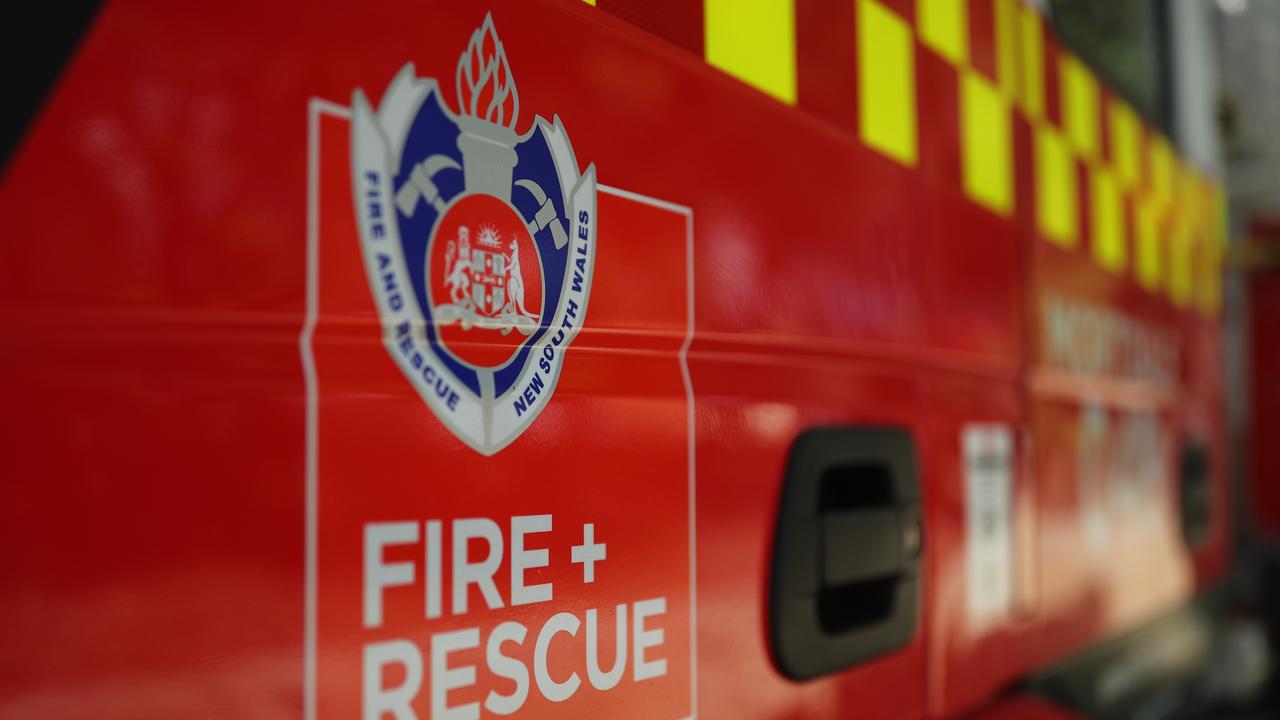‘Significant challenge’ for first responders rescuing people from EV crashes
First responders face significant challenges rescuing people from crashes involving electric vehicles, an inquiry has been told.
First responders face significant challenges responding to crashes involving electric vehicles, a NSW inquiry has heard.
Fire and Rescue NSW Commissioner Jeremy Fewtrell told NSW parliament’s Joint Standing Committee on Road Safety inquiry into electric and hybrid vehicle batteries that while Fire and Rescue was “not opposed in any way” to electric vehicles, it was important to be aware of potential risks.
Mr Fewtrell, who also represented the Australasian Fire and Emergency Services Authorities Council at the April 30 hearing, said it would be a “significant challenge” for rescuers and paramedics to get a casualty quickly out of a damaged electric vehicle after a crash and to also get themselves out safely.

“For all vehicle rescues, whether it’s an internal combustion engine vehicle or an electric vehicle, we have a firefighter staffing a line of hose in case there is a fire,” Mr Fewtrell said.
“There is an inherent risk of ignition in any vehicle that has received significant damage through a road crash.
“Currently, though, for internal combustion engines, that firefighter will be able to have an immediate, significant impact on that fire to keep the casualty and the rescuers safe.”
But he said rescuers faced a challenge when electric vehicles were involved in a collision and the batteries subsequently ignited, due to the intensity of the resulting fire.
“The impact of the firefighter with that line of hose will not be as great,” he said.
Mr Fewtrell said as batteries ignited, it was possible the patient rescue technique could become “a very crude extrication technique of dragging the casualty out in a very undesirable manner”.

Mr Fewtrell also said the configuration of the batteries in electric vehicles would limit rescuers’ scope to use their tools to extricate someone from a car in the way they ordinarily would.
“We’ll be restricted, potentially, in options, particularly for ramming and pushing parts of the car away from the casualties,” he said.
“We will continue to adjust and refine our techniques and work with the manufacturers.”
Originally published as ‘Significant challenge’ for first responders rescuing people from EV crashes




